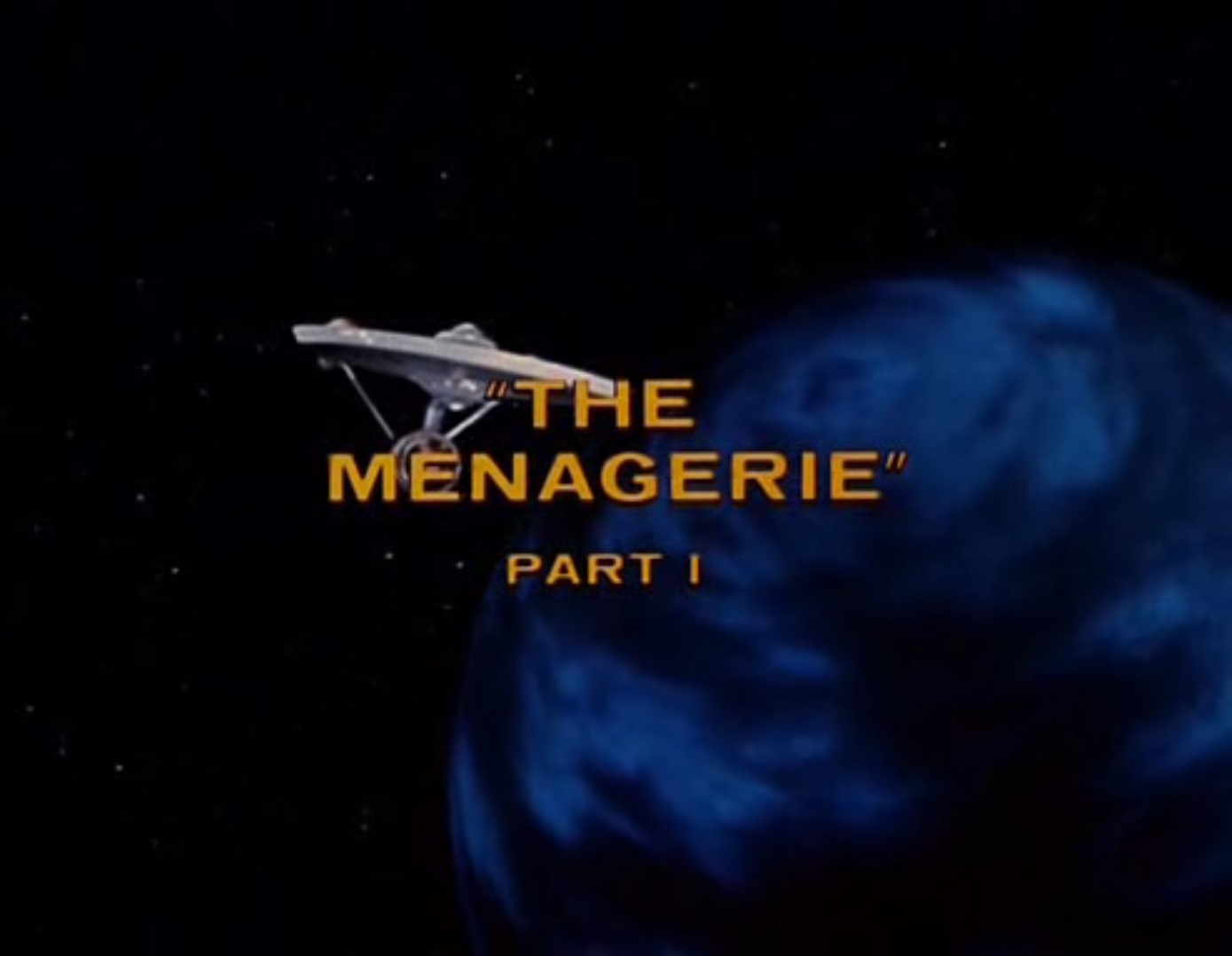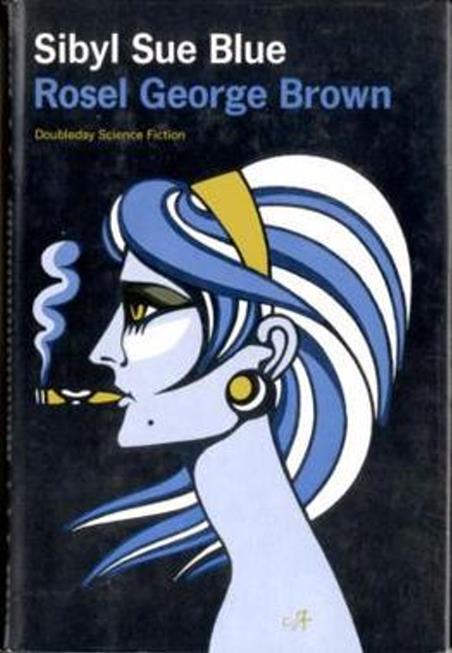But first, please read this brief interlude!
As you know, in addition to Galactic Journey, I also run Journey Press, devoted both to republishing classics discovered while on this trek through time, but also to publish new works of science fiction in fantasy that (I hope!) live up to the quality and tradition of the classic works we offer.

If anyone would enjoy these works, we know it will be you. This holiday season, pick up a title or three from Journey Press! It's the best present you can give yourself, a loved one…and us!
The Sum of its Parts

by Janice L. Newman
Back in July, a few Journeyers were lucky enough to catch a private showing of "The Cage", the first pilot of the new Star Trek series. I say ‘first’ pilot, because despite the amount of money invested in making it, it was never publicly aired on TV, which seemed a shame. Still, it’s understandable – the cast and crew of the ship are almost completely different from the actors who were finally chosen for the TV show, with only Mr. Spock appearing in the same role in both. (Majel Barett appears in both, but as different characters.)
But isn’t it a waste to spend so much and work so hard on a great episode like "The Cage" and then not use it? Desilu, the studio producing Star Trek, must have thought so. They decided to use the footage after all, but in one of the most innovative ways I’ve ever seen – appropriate for a modern, forward-thinking science fiction show.
Gene Roddenberry took the original episode and wrote a new story around it, turning into a 2-part episode that frames the "The Cage" in a way that is both compelling and fits well into the narrative and characters as they have been established in the past 10 episodes.

Continue reading [December 4, 1966] Riddle wrapped in an enigma (Star Trek: "The Menagerie") →



![[January 12, 1967] Most illogical (<i>Star Trek</i>: "The Galileo Seven")](https://galacticjourney.org/wp-content/uploads/2022/01/670112title-672x372.jpg)
![[December 4, 1966] Riddle wrapped in an enigma (<i>Star Trek</i>: "The Menagerie")](https://galacticjourney.org/wp-content/uploads/2021/11/661204title-672x372.jpg)


![[October 12, 1966] Inside Out (<i>Star Trek's</i> "The Enemy Within")](https://galacticjourney.org/wp-content/uploads/2021/10/661012title-672x372.jpg)

![[September 20, 1966] In the hands of an adolescent (<i>Star Trek</i>'s "Charlie X")](https://galacticjourney.org/wp-content/uploads/2021/09/660920a-672x372.jpg)

![[July 10, 1966] Froth, Fun, and Serious Social Commentary (<i>Sibyl Sue Blue</i>)](https://galacticjourney.org/wp-content/uploads/2021/07/Sibyl_Sue_1966-452x372.jpg)

![[December 12, 1965] Something Old, something New (<i>The Bishop's Wife</i> and <i>A Charlie Brown Christmas</i>](https://galacticjourney.org/wp-content/uploads/2020/12/651212feature-672x372.jpg)

![[February 15, 1964] Flaws in the seventh facet (<i>Seven Days in May</i>)](https://galacticjourney.org/wp-content/uploads/2019/02/640212may-672x372.png)

